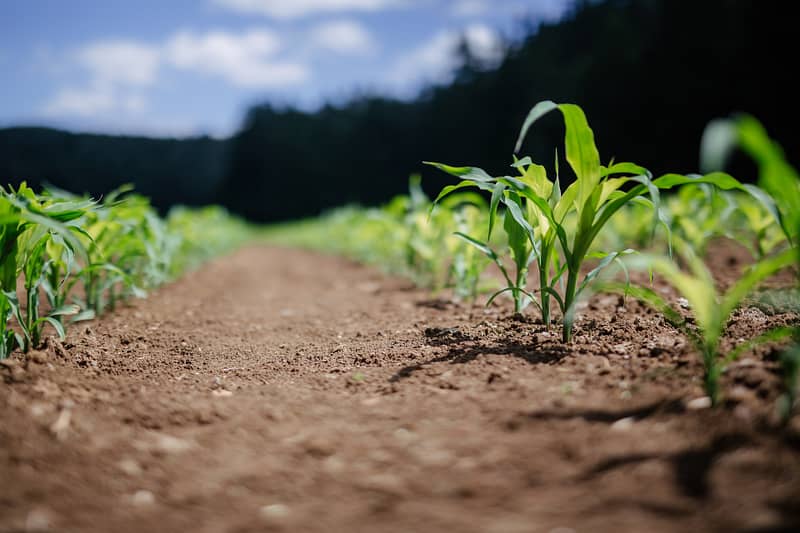The Intriguing Layers Beneath Global Agriculture

There’s more to agriculture than meets the eye, a world brimming with fascinating facets. Delving into global agriculture reveals a mosaic of stories, innovations, and traditions.
Agriculture, the age-old practice of cultivating land and raising livestock, has been the cornerstone of human civilizations. While many regards it as a straightforward field dealing with food production, global agriculture is an intricate tapestry of technological advancements, cultural practices, ecological interactions, and economic implications. Let’s uncover some of its most captivating layers.
From Ancient to Modern Techniques
Agriculture has evolved dramatically over millennia. Ancient techniques, like the Egyptian’s basin irrigation, coexist with modern precision agriculture that uses drones and AI. This blend of time-tested traditions and cutting-edge innovations paints a vibrant picture of farming worldwide.
Seeds with Stories
Many crops we consume have rich histories. Take, for instance, quinoa. Once the “Gold of the Incas” in South America, it’s now a global superfood. Similarly, spices like black pepper have sparked explorations and even wars.
Cultural Festivities Around Harvest
Harvest season is a time of celebration in many cultures. From the colorful Holi festival in India, marking the wheat harvest, to the lively Thanksgiving in the U.S., agriculture is deeply intertwined with festivities and traditions.
Microscopic Helpers – The Soil Biome
Beneath every footstep on a farm is a bustling micro-world. Microorganisms in the soil play a crucial role in making nutrients available to plants. This microscopic biome is a crucial yet often overlooked component of agriculture.
The Impact of Climate on Flavors
The same grape variety can produce wildly different wines depending on where it’s grown. This is due to “terroir” – a combination of soil, climate, and other local factors. It’s fascinating how the same crop can offer varied taste profiles based on its growing environment.
Agriculture Beyond Earth
It’s not just science fiction – we’re researching ways to grow food in space and on other planets. With initiatives like NASA’s Veggie experiment on the International Space Station, agriculture is truly going interstellar.
The World of Forgotten Crops
While we’re familiar with staples like rice, wheat, and maize, there are lesser-known crops like fonio, teff, and jackfruit. Often native to specific regions, these “forgotten” crops can be nutritionally rich and environmentally resilient.
A Symphony of Pollination
It’s not just about the crops and the farmers. A successful harvest often relies on nature’s pollinators. The dance of bees, butterflies, and even certain birds and bats is a silent symphony ensuring our food supply.
The Economics of Coffee to Cocoa
Behind every cup of coffee or chocolate bar is a vast network of trade. The journey from a cocoa farm in West Africa or a coffee plantation in South America to supermarkets worldwide is an intricate ballet of economics, logistics, and trade policies.
Agriculture's Footprint on Nature
While agriculture provides sustenance, it also has environmental implications. From the clearing of rainforests for palm oil to sustainable farming practices that rejuvenate the land, the impact of agriculture on our planet is profound and multifaceted.
Peeling back the layers of global agriculture introduces us to a realm filled with stories, traditions, and innovations. Beyond the sown fields and bustling marketplaces is an intricate world that influences our daily lives, cultural celebrations, and even the future of space exploration. As we sit down for our next meal, it’s worth pondering the rich tapestry of global agriculture that has made it possible.







